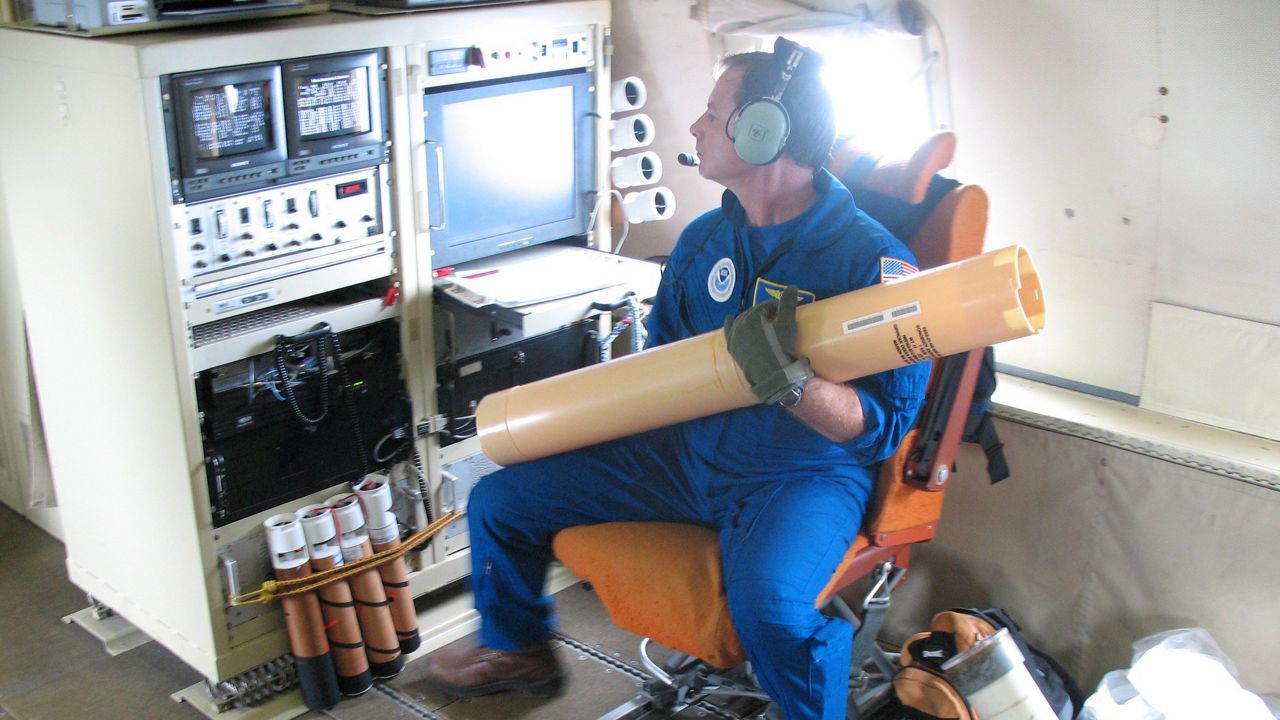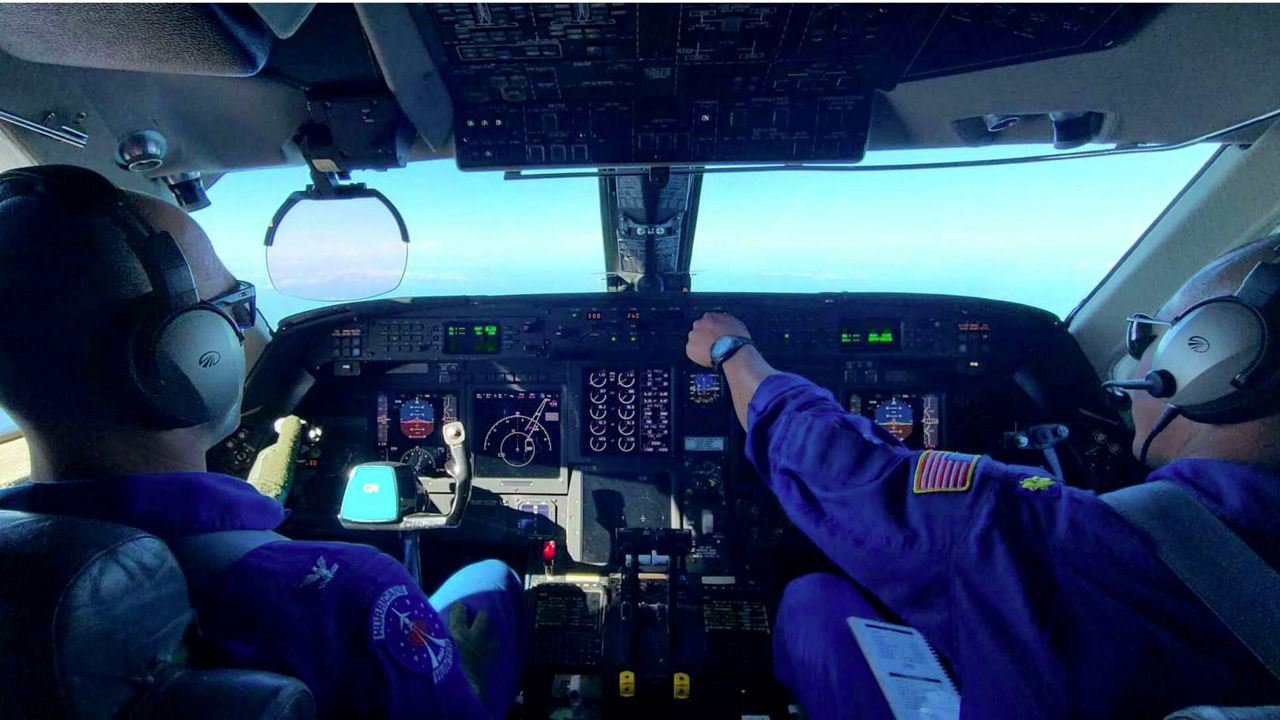It may be winter, but there's no rest for the Hurricane Hunter squadrons and the men and women who pilot them.
Hurricane Hunters fly into storms and take measurements like wind speed and atmospheric pressure. Meteorologists input this data into weather models and help make forecasts for hurricanes and other storms more accurate.
Some of the aircraft only record weather information from sensors onboard the plane, while others release "dropsondes."
Dropsondes are small packages that have weather sensors on board. They report atmospheric conditions as they fall to earth.

Meteorologists mainly use them in sparsely populated areas, like the ocean. This information can play a big role in helping forecasters figure out where a storm will go or how strong it could become.
You might think that they would get a break now that winter is here, but that's not the case. Hurricane Hunters help track winter storms such as nor'easters and atmospheric river events. They even fly over snowpack to see how much water is present.
Just like with hurricanes, these planes fly into the storm and take measurements.
The winter missions can send crews to the Pacific Ocean, flying between Hawaii and the West Coast to investigate atmospheric rivers.
Even during the winter, there's no rest for the tireless crews of the Hurricane Hunters.
Our team of meteorologists dives deep into the science of weather and breaks down timely weather data and information. To view more weather and climate stories, check out our weather blogs section.



